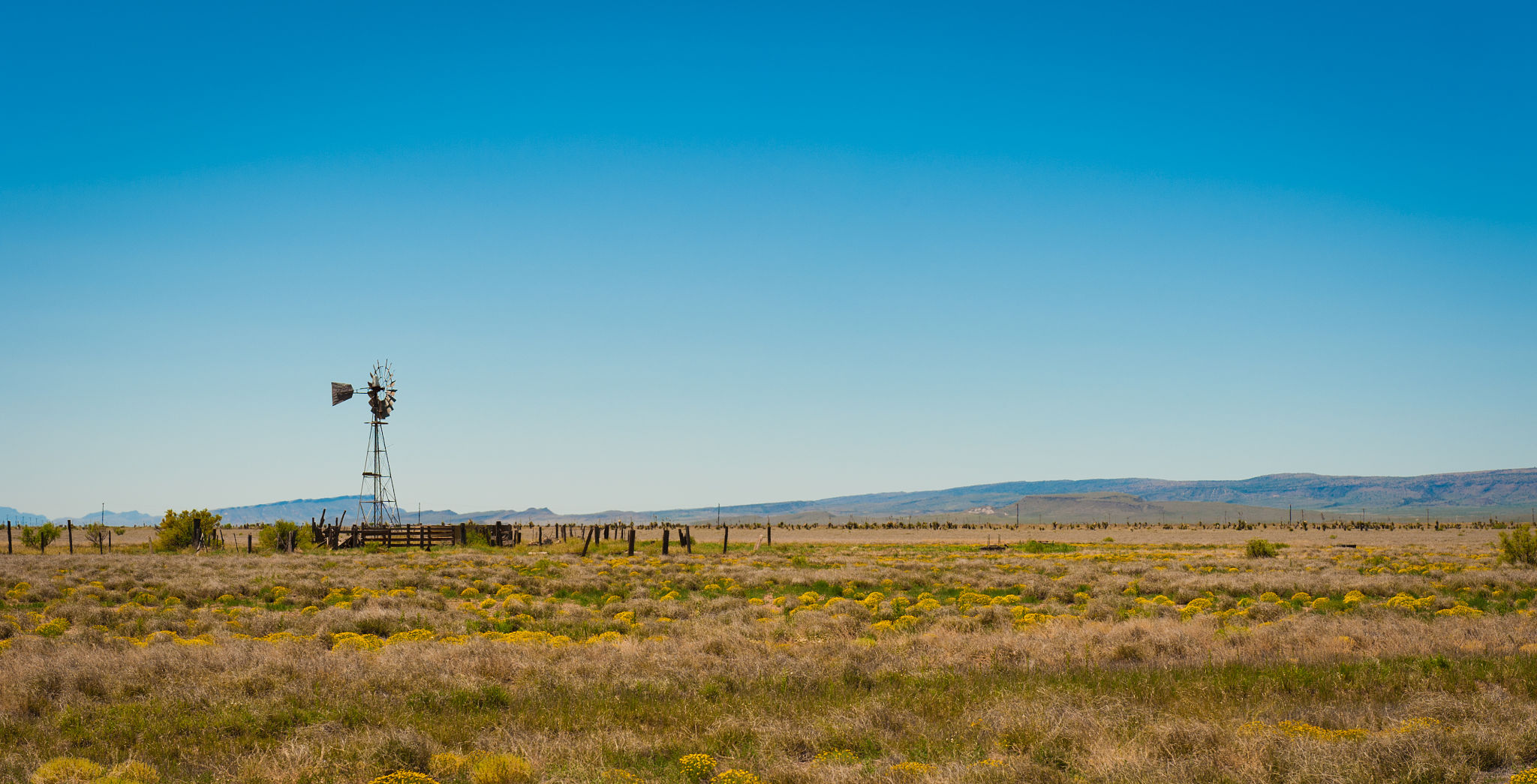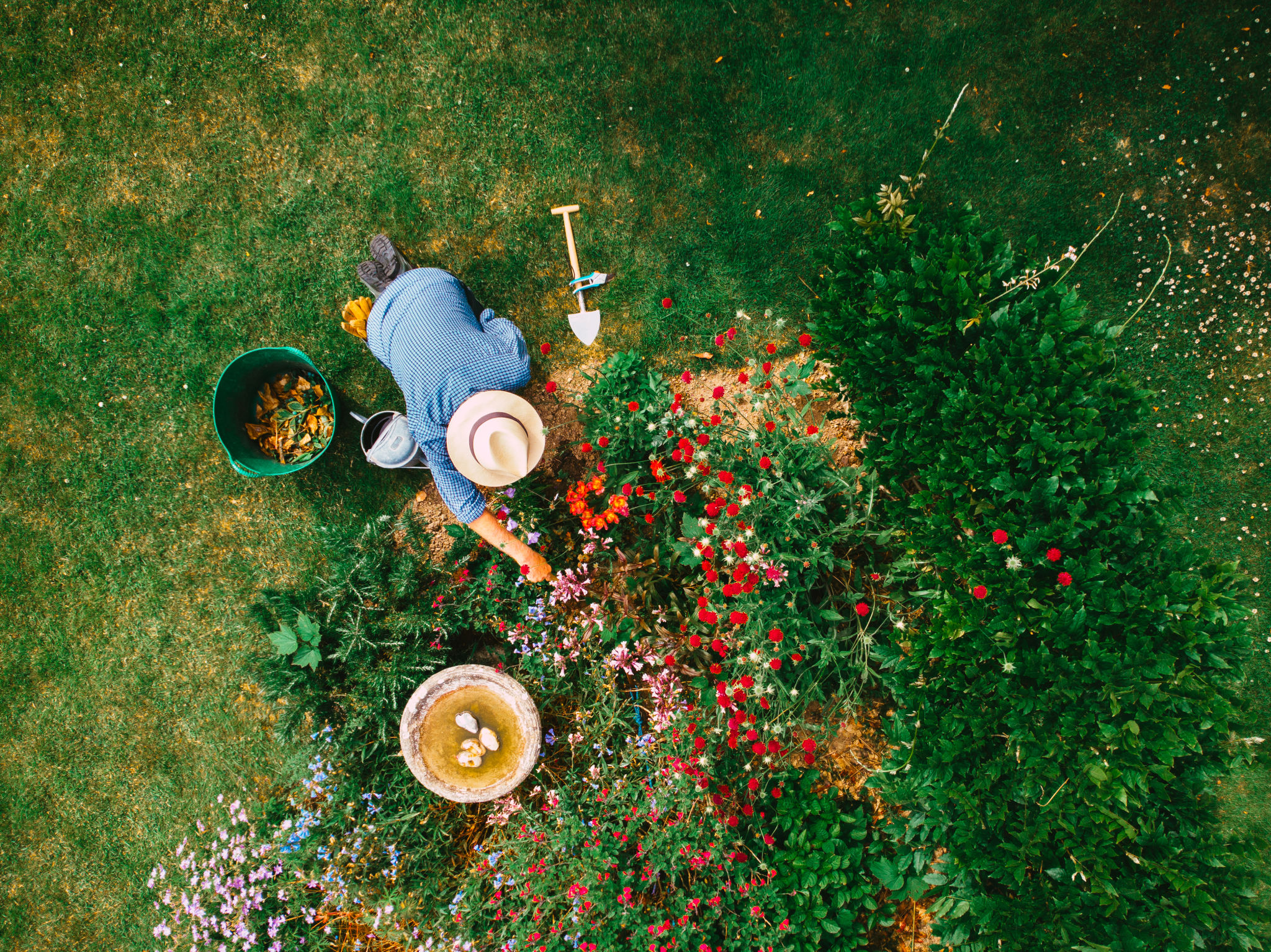Debunking Common Landscaping Myths: What Really Works for Texas Businesses
Understanding the Texas Landscape
When it comes to landscaping in Texas, businesses often encounter a myriad of myths and misconceptions that can lead to poor decision-making. Texas is a unique state with diverse climates and soil types, making it essential to have accurate information when planning and maintaining a landscape. In this post, we will debunk some common myths and provide insights into what really works for Texas businesses.

Myth 1: All Grass Types Thrive in Texas
A prevalent misconception is that any type of grass can thrive in Texas. In reality, Texas's varied climate zones—from the humid Gulf Coast to the arid West Texas—mean that not all grass types are suitable for every area. For example, St. Augustine grass is popular in the southern parts of Texas due to its shade tolerance, while Bermuda grass excels in sunny areas. Choosing the right grass type for your region is crucial for a healthy landscape.
Myth 2: Xeriscaping Means No Maintenance
Another common myth is that xeriscaping, or water-efficient landscaping, requires no maintenance. While xeriscaping does reduce water usage and can lower maintenance needs, it doesn't eliminate them entirely. Regular tasks such as pruning, mulching, and monitoring for pests remain essential to ensure that the landscape stays vibrant and healthy.

Myth 3: Native Plants Are Always Best
While native plants are often recommended for their adaptability to local conditions, the assumption that they are always the best choice is misleading. Some native plants may not be suitable for commercial landscapes due to size or aesthetic considerations. Instead of exclusively focusing on native plants, consider a mix of native and adapted plants that meet your business's aesthetic and functional needs.
Effective Water Management
Water management is a critical aspect of landscaping in Texas. With periodic droughts and water restrictions, efficient irrigation systems are essential for maintaining a healthy landscape. Consider investing in smart irrigation controllers that adjust watering schedules based on weather conditions, reducing water waste and ensuring your plants receive the right amount of moisture.

The Importance of Soil Health
The health of the soil is another factor often overlooked by businesses. Healthy soil promotes robust plant growth, reduces the need for chemical fertilizers, and improves water retention. Conducting soil tests to determine nutrient levels and pH can help you make informed decisions about soil amendments and fertilizers.
Myth 4: Fertilizers Solve All Problems
Many believe that fertilizers are a quick fix for any landscaping issue. However, over-reliance on fertilizers can harm both plants and the environment. Understanding the specific needs of your landscape through soil testing and targeted fertilization can lead to better results than blanket applications of fertilizers.
Sustainable Practices for Long-Term Success
Implementing sustainable practices is essential for the long-term success of your landscape. This includes choosing drought-tolerant plants, using organic mulch to conserve moisture, and incorporating rainwater harvesting systems. These practices not only enhance the resilience of your landscape but also demonstrate your business's commitment to environmental responsibility.

By dispelling these common myths and focusing on strategies tailored to Texas's unique conditions, businesses can create beautiful, sustainable landscapes that thrive. Armed with accurate information and a commitment to sustainable practices, you can ensure your landscape not only enhances your business's curb appeal but also contributes positively to the environment.
